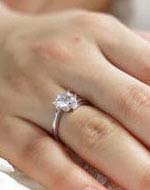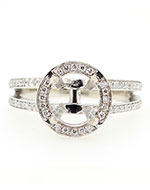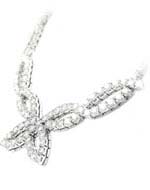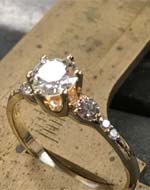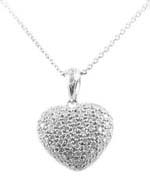All About Pearls
Pearls are the only precious gemstone formed by a living creature. Oysters create pearls by secreting layers of nacre, a shiny substance, around an irritant. Over time, the nacre collects into a shimmering pearl.
Pearls used to be extraordinarily rare: Only 1 in 10,000 wild oysters contains a pearl. Divers could search their entire lives without ever finding one of these precious treasures! However, in the early 20th century, the invention of oyster farming revolutionized the jewelry industry. Nowadays, oyster farms are home to millions of pearl-producing oysters. Pearls are not abundant, affordable, and just as beautiful as ever.
Pearl strands and pearl earrings are some of the most timeless and refined pieces of jewelry on the market. They are a popular first jewelry gift for girls, and they’re also often used as wedding jewelry. Pearls are softer than other gemstones and should be handled with care, but as long as they are properly maintained, they can last a lifetime.
There are four main types of pearls to choose from.



